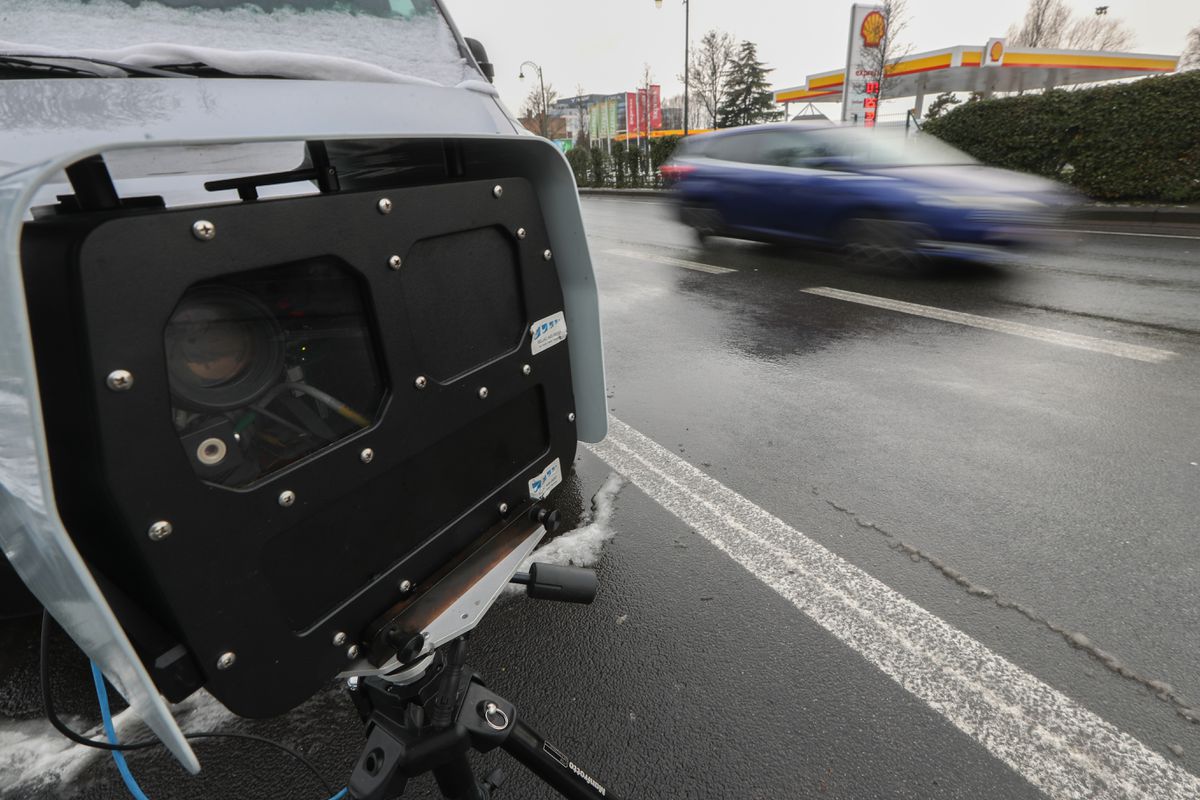Drivers in Belgium were clocked at 413 km/h in normal traffic. It’s not a joke or a mistake, he’ll probably still get away with the fine

Happen on the Autobahn in Germany and the police will salute you, but this happened in Belgium, where the limit on motorways is 120 km/h. The driver exceeded it by almost 300 km/h, but he probably won’t face any penalties.
From time to time, the Czech media will run an article about how this or that “pirate” committed a mortal sin when he was clocked at an extreme speed of over 200 km/h on the motorway and then obediently stopped. I don’t want to downplay these cases, the specific circumstances are not always known and it could have been dangerous. Most often, however, we see footage of a nighttime motorway where someone is driving at that speed without any inclination to be aggressive or reckless, which they eventually prove by cooperating with the police without any protest. I’m not saying it’s right, I’m not saying it doesn’t deserve to be punished under the set rules, but I have a slightly different idea of a road pirate, dangerous driver or extreme speed.
A rather peppier case is currently being reported in the Belgian media, as a driver moving on a local motorway “managed” to pass a stationary radar at 413 km/h. When I first saw this news, I thought it was one of those infamous mistakes of the type where the driver of a Ford Focus was measured at 703 km/h and she had to prove at length to the police that it was a measurement error because… no car goes over 700 km/h. But that’s not the case.
The driver had a car – a Bugatti, according to unofficial information so far – that can reach that speed. And the investigation so far has ruled out the possibility of a technical error in the measurement. In fact, the case took place last year and it is only now that developments have confirmed that the aforementioned measurement did indeed take place. After technical correction of the potential meter error, the driver is credited with a maximum of 388 km/h.
Both figures are extremes, certainly in places with a speed limit of 120 km/h. My colleagues and I wonder in vain if history even knows of a case of such a high speed being documented by an automatic measuring system, quite probably a historical record. Even with the Bugatti Chrion you have to unlock the top speed mode to achieve such a muddle, it’s an insane muddle.
The driver of the car has not been identified, so only the Belgian owner of the car is known, who theoretically faces up to a €4,000 fine, a 5-year driving ban and community service. But will he get such a punishment? For one thing, the owner is not the driver, which is where the punishment efforts may get stuck in the first place. But even if the Belgians find a way to somehow identify the driver, the problem will be elsewhere – there is no radar that is homologated to measure such high speeds. It is simply not envisaged, and so such measurements are not conclusive. After all, two years ago someone else in Belgium already got away with a measurement of 306 km/h. 413 km/h passes all the more easily, just as if nothing had happened.
Source, photo: dhnet.be
Author of this article
WAS THIS ARTICLE HELPFUL?
Support us to keep up the good work and to provide you even better content. Your donations will be used to help students get access to quality content for free and pay our contributors’ salaries, who work hard to create this website content! Thank you for all your support!





OR CONTINUE READING